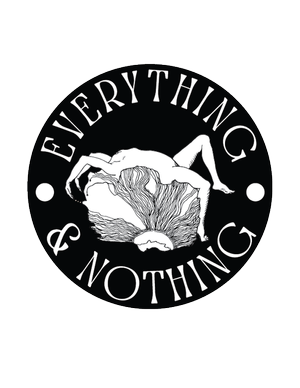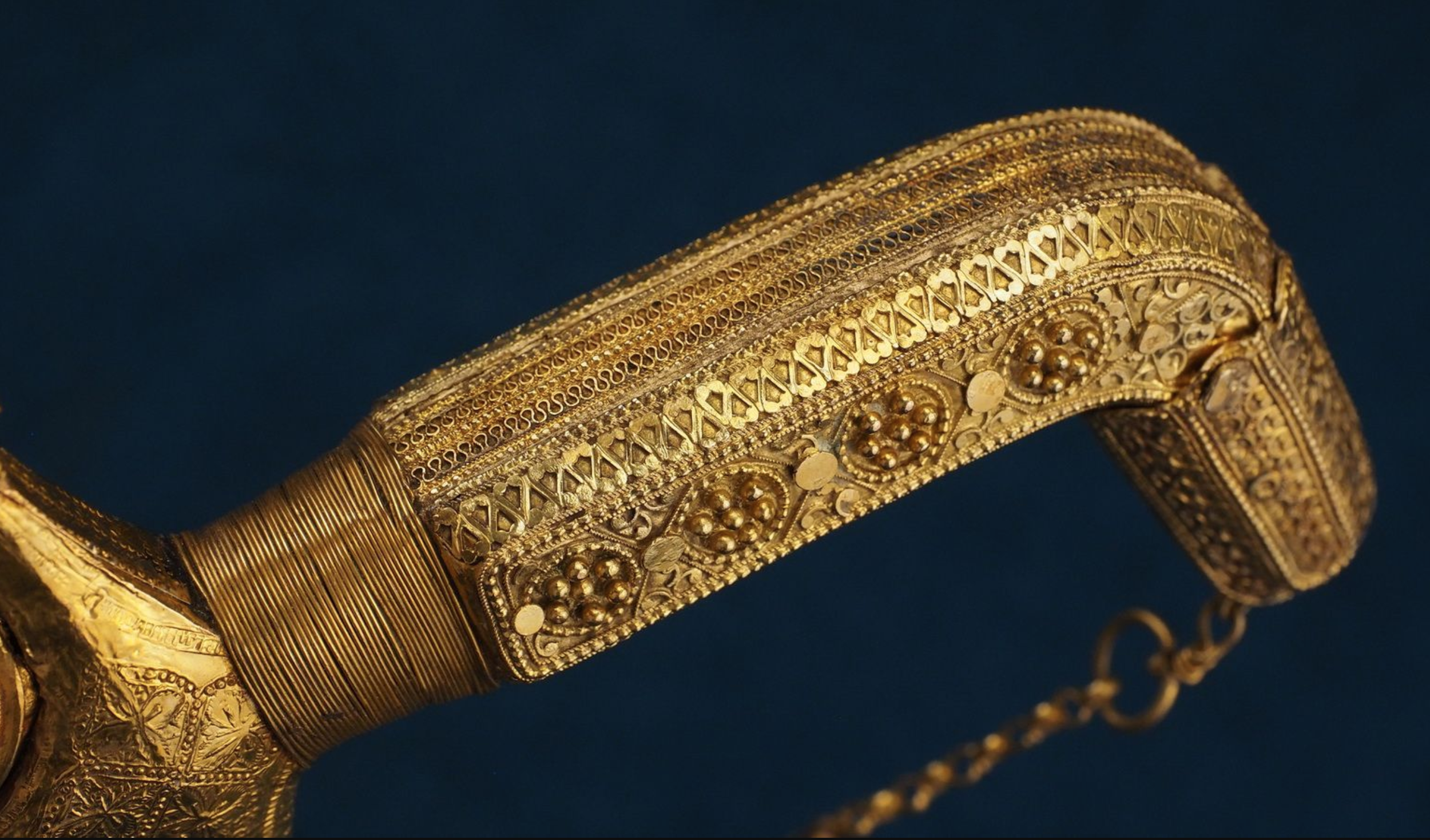'MORE YOU KNOW' MONDAY ::: VOL. 4
(and you thought I forgot this weeks lesson:)
BAHRAIN
In ancient times, Bahrain was part of an empire known as Dilmun. It was later called Tyros by the Greeks. The name "Bahrain" is derived from the Arabic word Bahr , meaning "sea."
Bahrain is an archipelago made up of Bahrain Island and thirty smaller islands. It is located in the Persian Gulf near the Arabian Peninsula, 120 miles southwest of Iran, 14 miles to the east of Saudi Arabia, and 17 miles to the west of the Qatar Peninsula. The main island, which accounts for seven-eighths of the country's area, is thirty miles from north to south and ten miles from east to west. The total area of the country is 240 square miles.
Ancient Bahrain jewelry served many of the same purposes as the previous two cultures we have touched on. Including but not limited to ::: rites of passage, status symbols, aesthetic adornment and death. Bahrain is renowned for its natural pearls and gold, both of which are arguably the finest quality in the world. Our focus today is on Bahrain’s pearling history.
Bahrain (the Arabian Gulf’s magical Island Kingdom and a true Garden of Eden) is the world’s premier location of Natural Pearls and is steeped in pearling history. Virtually every ancient author when describing the islands of Bahrain mentions the fine pearls found in its waters. Writing in the first century AD Pliny (AD 23-AD 79) states that the pearl fisheries of Tylos (the classical name for Bahrain) were well known in his time, which in itself is remarkable, but diminishes into insignificance when one understands that the fisheries were known and revered when Bahrain was the seat of ancient Dilmun, (Tilmun, Tilvun, Telmun, Tilman) (late fourth millennium to 800 BC) indeed throughout known history the fisheries have been regarded as the most famous and most valuable in the world. Two pearls on display in the Bahrain National Museum lay testimony to the longevity of Bahrain’s illustrious pearling endeavors; both pearls that are still attached to fragments of shell, were excavated at Saar (to the west of the Capital Manama) and dated to the Early Dilmun period 2000-1800BC giving pearling in Bahrain a staggering 4,000 year history.
Bahrain’s pearls were and remain to this day internationally famous for their brilliance, purity and beauty. Pearls were classified according to size, shape, colour and lustre. It is thought that the purity and beauty of the finest Bahraini pearls are due to the oyster beds being located near underwater sweet water springs. The most excellent pearl (Jiwan) used very accurate scales and weights and the pearls’ values were recorded in a special log-book.






